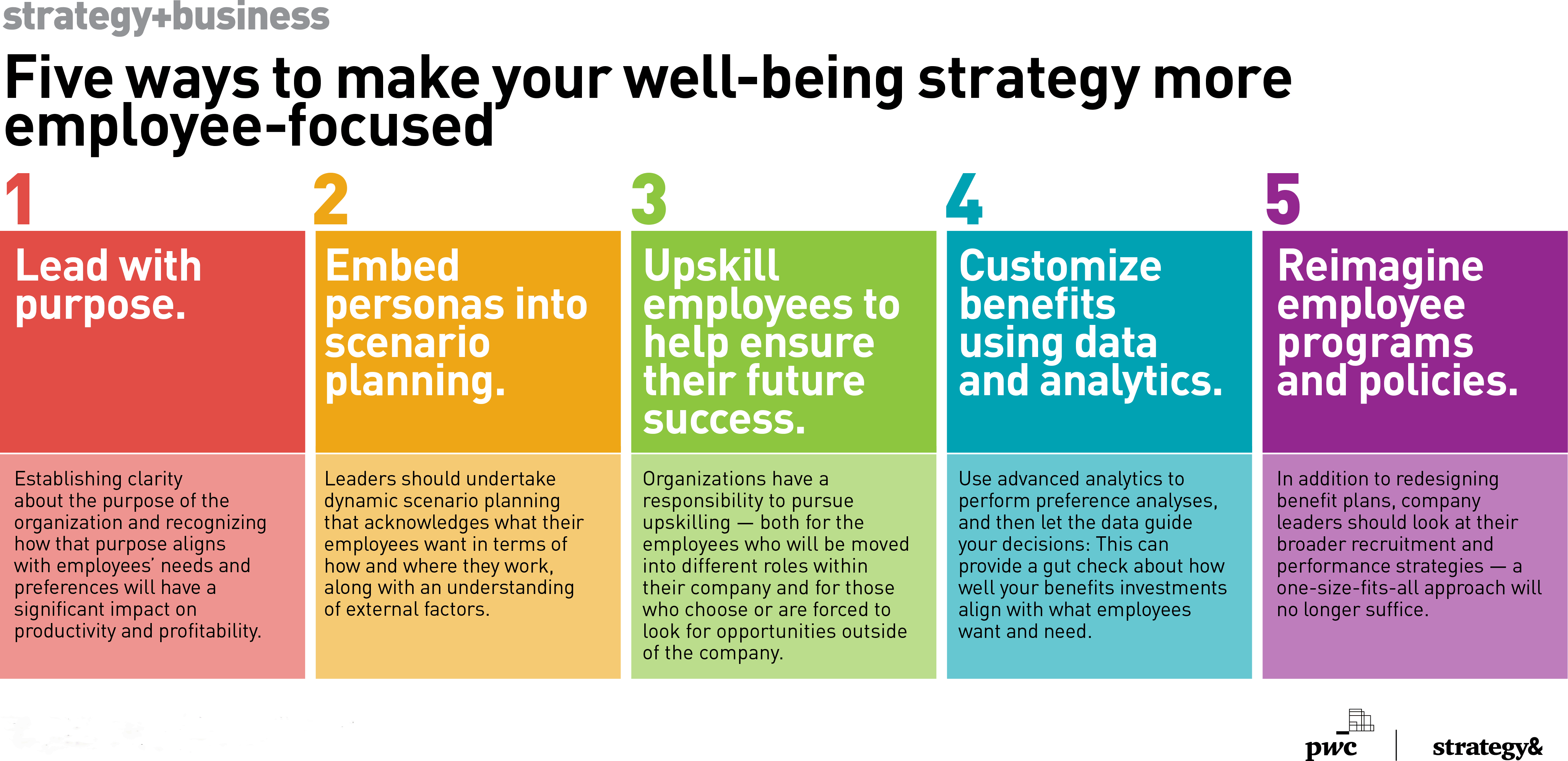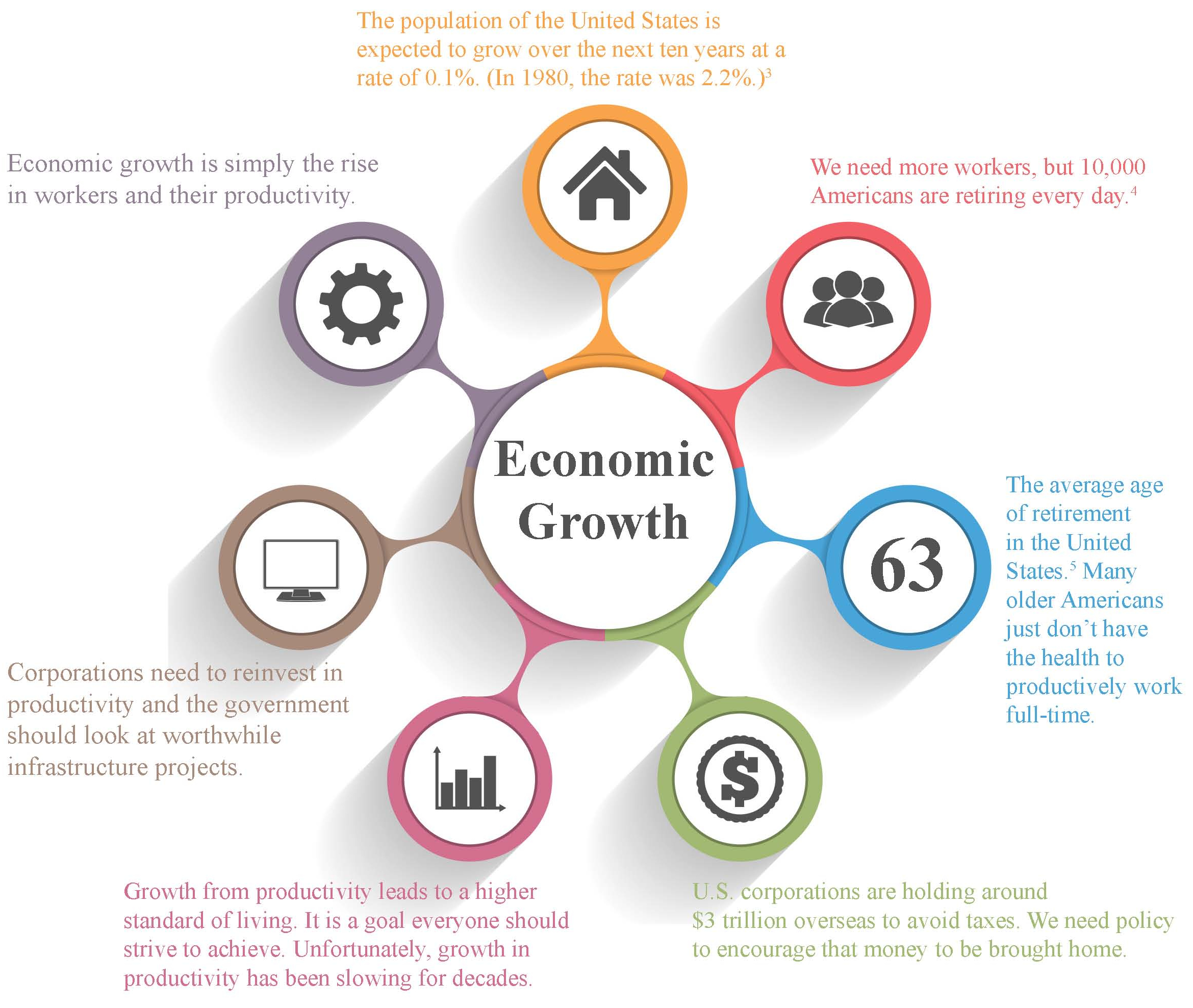Viral News | Explore around Viral and popular News this year
Governor's Initiatives Foster Economic Growth And Community Well-Being
In an ever-evolving world, economic growth and well-being are inextricably linked to the fabric of our community. Recognizing this imperative, Governors have emerged as driving forces, spearheading initiatives that unlock economic potential and enhance the quality of life for their constituents.
As you read through below, you will learn about the various initiatives implemented by Governors across different regions, spanning industries, infrastructure, education, healthcare, and social welfare, their success stories and challenges, and their potential to inspire future policies.
| ECONOMIC GROWTH | COMMUNITY WELL-BEING | |
|---|---|---|
| Focus | Job creation, business expansion, infrastructure development | Health, education, social services, cultural enrichment |
| Benefits | Increased economic activity, higher incomes, improved living standards | Enhanced quality of life, increased social cohesion, reduced inequality |
| Challenges | Funding constraints, political opposition, regional disparities | Balancing economic needs with social priorities, addressing complex social issues |
1. Economic Development Initiatives
2. Workforce Development Initiatives
3. Infrastructure Development Initiatives
4. Education Initiatives
5. Healthcare Initiatives
6. Social Welfare Initiatives
```html
FAQ
The Governor's Initiatives aim to foster economic growth and community well-being through strategic planning, targeted investments, and collaborative partnerships. Here are some frequently asked questions about these initiatives:
Question 1: What are the core objectives of the Governor's Initiatives?
Answer: The Initiatives focus on enhancing economic competitiveness, creating jobs, improving educational outcomes, promoting health and wellness, and fostering inclusive and sustainable communities.
Question 2: How do the Initiatives prioritize investment and resource allocation?
Answer: Data-driven analysis, stakeholder engagement, and a thorough assessment of potential impact guide investment decisions. The Initiatives target areas with the greatest need and potential for transformative change.
Question 3: What mechanisms are in place to ensure accountability and measure progress?
Answer: A comprehensive evaluation system tracks key performance indicators and outcomes. Regular reporting, public engagement, and transparent data sharing foster accountability and inform ongoing improvements.
Question 4: How do the Initiatives engage with local communities and businesses?
Answer: Partnerships with local governments, businesses, non-profit organizations, and community leaders are crucial. The Initiatives foster collaboration, leveraging local expertise and resources to tailor solutions to specific regional needs.
Question 5: What are some notable achievements or success stories resulting from these Initiatives?
Answer: Investments have led to job creation, improved infrastructure, enhanced educational opportunities, and increased access to healthcare. Success stories highlight the positive impact on individuals, families, and communities across the state.
Question 6: How can the public stay informed and contribute to the Initiatives?
Answer: Regular updates, public forums, and online platforms provide opportunities for engagement. Feedback, ideas, and collaboration from the public are welcomed to shape and strengthen the Initiatives.

Why corporate well-being initiatives need to get personal - Source www.strategy-business.com
In summary, the Governor's Initiatives are a comprehensive and impactful approach to fostering economic growth and community well-being. Through strategic investments, collaboration, and accountability, the Initiatives empower communities and drive progress towards a more prosperous and equitable future.
```
Tips: Governor's Initiatives Foster Economic Growth And Community Well-Being
Government plays a crucial role in facilitating economic prosperity and improving community well-being. By implementing strategic initiatives, governors can drive economic growth, create jobs, and enhance the overall quality of life for their constituents. Here are some tips for effective gubernatorial initiatives:

A national campaign to improve foster care - Source www.brookings.edu
Tip 1: Prioritize Infrastructure Investment
Investing in infrastructure, such as roads, bridges, and broadband networks, is essential for driving economic growth. Improved infrastructure reduces transportation costs, enhances connectivity, and attracts businesses. For example, the American Society of Civil Engineers estimates that every $1 invested in infrastructure generates a $2.20 return in economic benefits.
Tip 2: Focus on Workforce Development
A skilled workforce is vital for a thriving economy. Governors can support workforce development programs that provide training and education opportunities, particularly in high-demand fields. These programs help individuals gain the skills they need to succeed in the job market and contribute to economic growth.
Tip 3: Promote Business-Friendly Policies
Creating a favorable environment for businesses is crucial for attracting investment and job creation. Governors can implement policies that reduce regulatory burdens, provide tax incentives, and streamline permitting processes. These measures make it easier for businesses to operate and expand, stimulating economic growth and job creation.
Tip 4: Invest in Community Development
Strong communities are the foundation of a thriving society. Governors can allocate resources to community development programs that improve housing, provide healthcare, and enhance educational opportunities. These initiatives address social determinants of health and well-being, leading to a more prosperous and equitable society.
Tip 5: Foster Collaboration and Partnerships
Collaboration between government, businesses, and community organizations is essential for effective economic development. Governors can foster partnerships that leverage resources, share knowledge, and coordinate efforts. These partnerships can result in innovative solutions and ensure that initiatives align with the needs of the community.
By implementing these tips, governors can make significant contributions to economic growth and community well-being. Governor's Initiatives Foster Economic Growth And Community Well-Being play a critical role in shaping the future of their states and improving the lives of their residents.
Governor's Initiatives Foster Economic Growth And Community Well-Being
Governors hold significant influence over their states' trajectories, and their initiatives play a pivotal role in fostering both economic growth and the well-being of communities. By implementing strategic programs and policies, governors can create favorable conditions for businesses to flourish and for residents to thrive.
- Job Creation and Expansion: Initiatives aimed at attracting new businesses, supporting entrepreneurs, and facilitating job growth.
- Infrastructure Investment: Investments in transportation, energy, and water systems that enhance connectivity and support economic development.
- Workforce Development: Programs focused on improving the skills and education levels of the workforce to meet industry demands.
- Community Revitalization: Initiatives that revitalize blighted areas, improve public spaces, and foster affordable housing.
- Environmental Protection: Policies designed to protect natural resources, reduce pollution, and promote sustainability.
- Social Services and Support: Programs providing access to healthcare, education, nutrition, and social services for those in need.
These aspects are interconnected and mutually reinforcing. Economic growth provides the resources for community well-being, while a healthy and thriving community attracts businesses and supports a skilled workforce. For instance, a governor's initiative to establish a new business incubator might lead to increased job creation, which in turn boosts tax revenue to fund improved public services and infrastructure. Ultimately, such initiatives contribute to a virtuous cycle that enriches both the economy and the quality of life for all citizens.

Finding a Way to Boost Economic Growth - Smedley Financial Blog - Source smedleyfinancial.com
Governor's Initiatives Foster Economic Growth And Community Well-Being
Effective governance often includes the implementation of well-structured initiatives aimed at fostering sustainable economic growth and enhancing the overall well-being of communities. These initiatives play a crucial role in shaping the socio-economic landscape of a region, positively impacting various aspects of life, including job creation, infrastructure development, education, healthcare, and social welfare. Understanding the multifaceted connections between these initiatives is paramount for policymakers and stakeholders seeking to maximize their effectiveness.

New Initiatives Grant | CLRC - Source clrc.org
Governors, as leaders of their respective states, often spearhead initiatives that align with the specific needs and priorities of their communities. By working closely with local governments, businesses, non-profit organizations, and residents, governors can tailor initiatives to address local challenges and leverage unique opportunities. Successful initiatives often involve a comprehensive approach that combines targeted investments, policy reforms, and community engagement. For instance, initiatives focused on job creation may include tax incentives for businesses, workforce training programs, and infrastructure improvements that enhance connectivity and accessibility.
The positive impact of initiatives fostering economic growth and community well-being is evident in numerous real-life examples. In California, Governor Gavin Newsom's initiatives have prioritized affordable housing, healthcare access, and environmental sustainability. These initiatives have contributed to job growth, improved living standards, and enhanced the state's overall economic competitiveness. Similarly, in New York, Governor Kathy Hochul's initiatives have focused on infrastructure upgrades, clean energy investments, and education reform. These initiatives are expected to create new employment opportunities, reduce carbon emissions, and improve educational outcomes for the state's residents.
Understanding the connection between initiatives aimed at economic growth and community well-being is crucial because it enables policymakers to make informed decisions that maximize the positive impact of their actions. By considering the interdependencies between various aspects of socio-economic development, initiatives can be designed to address multiple challenges simultaneously. For example, initiatives that promote job creation can also incorporate training programs, ensuring that the workforce has the skills necessary to meet the demands of the growing economy. Similarly, initiatives focused on infrastructure development can include provisions for green spaces and public transportation, contributing to improved community well-being and reducing environmental impact.
In conclusion, the connection between initiatives that foster economic growth and enhance community well-being is undeniable. These initiatives play a vital role in creating prosperous and thriving communities. The exploration of this connection highlights the importance of collaborative governance, evidence-based decision-making, and a comprehensive approach to socio-economic development. By understanding the interconnectedness of various aspects of community well-being, policymakers can create initiatives that maximize positive outcomes and improve the quality of life for all residents.